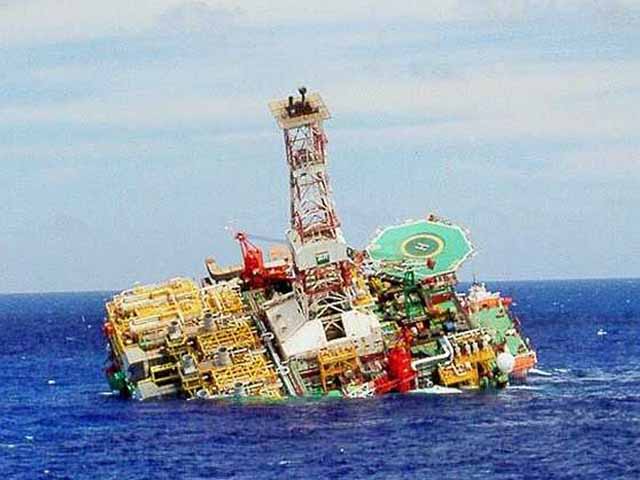While the Stock Market is Partying …
There are seemingly always “good reasons” why troubles in a sector of the credit markets are supposed to be ignored – or so people are telling us, every single time. Readers may recall how the developing problems in the sub-prime sector of the mortgage credit market were greeted by officials and countless market observers in the beginning in 2007.

Photo credit: Getty Images
At first it was assumed that the most highly rated tranches of complex structured products would be immune, as the riskier equity tranches would serve as a sufficient buffer for credit losses. When that turned out to be wishful thinking, it was argued that the problem would remain “well contained” anyway. After all, sub-prime only represented a small part of the overall mortgage credit market. It could not possibly affect the entire market. This is precisely the attitude in evidence with respect to corporate debt at the moment.

A weekly chart of high yield ETF HYG (unadjusted price only chart)
The argument as far as we’re aware goes something like this: there are only problems with high yield debt in the energy and commodity sectors. This cannot possibly affect the entire corporate credit market. We should perhaps point out that in spite of this sectoral concentration, problems have recently begun to emerge in other industries as well (a list of recent victims can be found at Wolfstreet).
The argument also ignores the interconnectedness of the credit markets. Once investors begin to lose sufficiently large amounts of money in one sector, the more exposed ones among them (i.e., those using leverage, a practice that gains in popularity the lower yields go, as otherwise no decent returns can be achieved), will start selling what they can, regardless of its relative merits. This will in turn eventually make refinancing conditions more difficult for all sorts of industries.
It also overlooks that energy and commodities-related debt is simply huge and the losses are really beginning to pile up by now. The junk bond market has grown by leaps and bounds during the echo bubble, so a lot of money has become trapped in it. Many low-rated borrowers need to continually refinance their debt, otherwise they will simply fold. Once liquidity for refinancing dries up – and this is what growing losses in a big market segment will inexorably lead to – it will be game over.

Merrill Lynch high yield Master Index II effective yield (black line) and the yield on the CCC and lower segment (lowest rated credit/ red line). The worst rated bonds have been in relentless free-fall since the 2014 low in yields, with a move from 7.94% at the low to 14.71% today. Note bene, this has happened with administered interest rates stuck at zero over the entire time period! The better rated junk yielded 5.16% at the 2014 low, and yields 8% as of today, adding more that 280 basis points in bad juju since then. These yields are comparable to the woeful situation in 2011, when the euro area debt crisis was nearing its peak
It has turned out in hindsight that when we wrote in detail about the unsound boom in corporate debt last year, the price bubble in junk bonds had actually peaked a mere five trading days earlier. Nevertheless, debt issuance in both junk bonds and leveraged loans subsequently continued at a brisk pace for more than a year or so – this has only begun to change in recent months. The reason is that the losses are now indeed becoming rather concerning. In a recent note on the spike in default rates in the commodities space, Fitch remarks by way of summary:
Energy Default Rate Heads to 6%; Arch Filing Would Push Metals/Mining Over 14%.November already has added five defaults from the energy and metals/mining sectors.
The energy trailing 12-month (TTM) default rate finished October at 5.3%, the highest point since a 9.7% peak in 1999, while the exploration & production subgroup TTM rate hit 9%.
The metals/mining October TTM rate stands at 9.5% while the coal subsector jumped to 27%.
A potential filing for Arch Coal Inc. would propel the metals/mining TTM rate above 14% and the coal subsector to 40%.
The October TTM rate not including energy, metals/mining and Caesars Entertainment Operating Co. is 0.7%.
Energy and metals/mining experienced no new high yield bond issuance in October, the first time this happened since August 2011.













Leave A Comment